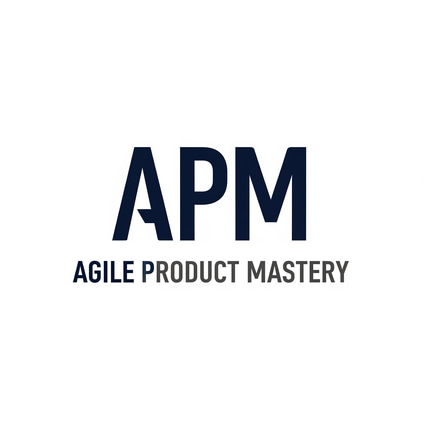Taming Tricky Stakeholders: The Hidden Skill Every Agile Product Leader Needs
Discover proven strategies Agile Product Managers and Product Owners can use to influence difficult stakeholders, gain alignment, and drive product success.
STAKEHOLDER MANAGEMENTAGILE PRODUCT MANAGEMENTINFLUENCING WITHOUT AUTHORITY
Written by: Matt Gregory - Founder Agile Product Mastery
5/14/20253 min read


Introduction: A Lesson from the Deep End of Agile Product Leadership
When I first stepped into a product leadership role, I thought the toughest challenges would involve managing the product backlog or aligning with the engineering team. I was wrong.
The real challenge came in the form of a senior stakeholder — let’s call him Mark — with a reputation for challenging everything. Within two weeks, he publicly questioned my roadmap in a steering committee meeting. I was caught off guard, trying to defend priorities without throwing my team under the bus.
That moment taught me two critical lessons:
• I wasn’t going to survive unless I learned how to manage high-stakes stakeholders.
• Product success isn’t just about strategy — it’s about influence.
Here’s what I’ve learned since then about transforming tough stakeholders from blockers into believers — a skill every Agile Product Manager and Product Owner must master.
1. Identify Their Stakeholder Currency
Every stakeholder has a personal “currency” — a core driver like revenue, risk mitigation, speed, control, or reputation. Instead of seeing them as roadblocks, treat them like customers. Understand their pain points and what outcome they’re trying to protect.
Tactic:
Ask questions like:
• “What does success look like from your perspective?”
• “What’s keeping you up at night about this project?”
Search tip for relevance:
Keywords like “stakeholder engagement in Agile” or “managing executive stakeholders” pair well with this point.
2. Don’t Avoid Difficult Stakeholders — Engage with Purpose
Avoiding resistance only magnifies it. The best Agile leaders engage early and often — especially with tricky stakeholders. You don’t always need consensus, but you do need connection.
Tactic:
Use lightweight but consistent touchpoints — even a five-minute check-in can prevent weeks of misalignment.
Bonus Tip for SEO:
Phrase examples like “How to engage resistant stakeholders in Agile” are common search terms.
3. Translate Agile Product Goals into Business Outcomes
One common mistake? Speaking in Agile jargon when stakeholders care about outcomes. You might be excited about a new feature to streamline UX, but they care about its impact on customer retention, NPS, or cost reduction.
Tactic:
Always have two versions of your pitch:
• One for your team (focused on implementation)
• One for stakeholders (focused on measurable business outcomes)
Pro SEO Insert:
“Communicating Agile product goals to executives” and “translating technical goals for stakeholders” are relevant long-tail keywords here.
4. Set Boundaries Without Burning Bridges
Pushing back is part of your job — but how you do it determines whether you earn respect or resistance. Avoid binary statements like “that’s not possible.” Instead, use trade-off framing to keep the dialogue productive.
Tactic:
Try: “To meet that timeline, we’d need to drop X. Does that align with your priorities?”
This approach positions you as a partner, not a blocker.
5. Build Stakeholder Trust Before You Need It
Some of the stakeholders who give you the most grief today could become your strongest champions tomorrow. The secret? Trust. Build it with consistency, ownership, and informal interactions.
Tactic:
Invest in low-stakes, informal relationship-building. A casual coffee chat today can prevent a full-blown crisis tomorrow.
SEO Insight:
“How to build trust with stakeholders” and “stakeholder relationship strategies for product managers” are useful related queries.
Final Thought: Stakeholder Influence Is a Core Product Skill
Looking back, managing that tricky stakeholder taught me a lesson that’s not in any Agile certification course:
You can have a prioritized backlog, an aligned team, and a clear product vision — but without the ability to influence stakeholders, your product will stall.
Agile Product Mastery isn’t just about building the right thing.
It’s about bringing the right people along for the journey.
Ready to master your Product Owner journey?
Grab your copy of Agile Product Mastery: The Product Owner's Playbook to Strategy, Execution & Influence and take your skills to the next level.
© Agile Product Mastery — Build a career that scales. Not one that burns out.
Powered by Baltimore Advisory Pty Ltd — ABN 97 678 312 475 — All rights reserved
Follow us on LinkedIn
